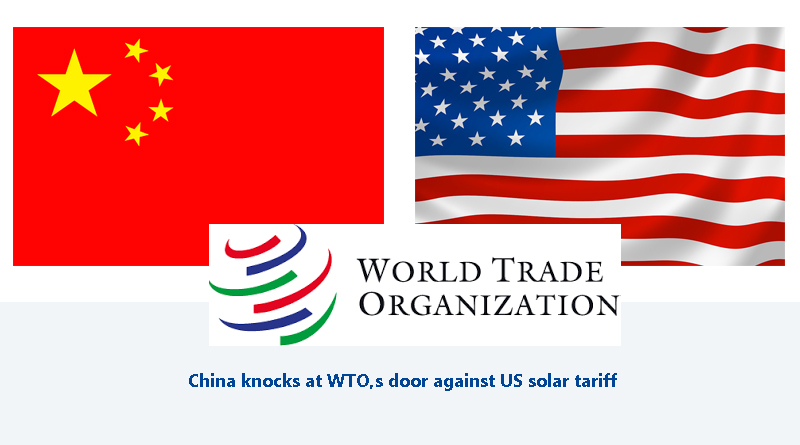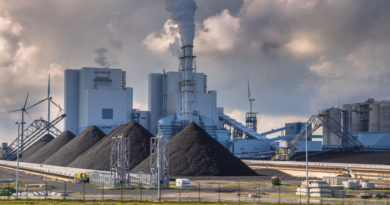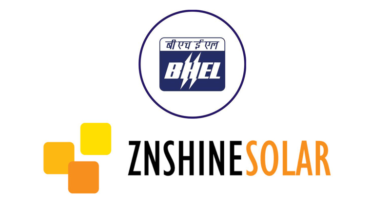China Lodges WTO Complaint Against US Solar Import Tariffs

Challenging US, China officially lodged a complaint with the World Trade Organisation (WTO) on 14 August, claiming that the solar import tariffs imposed by the US and its subsidies for local products are harming China’s legitimate rights and interests and are clashing with WTO rules.
US President Donald Trump approved in January, recommendations under section 201, to impose a safeguard tariff on solar imports of 30% that will be reduced to 25% in the second year, 20% in the third, and 15% in the fourth. United States has accused China of using subsidies and bulk manufacturing capacity to drive down prices and put US competitors out of business in a range of sectors. The new rule sets quotas beyond which tariffs will apply, limiting imports to 2.5 GW before tariffs kick in.
The Chinese government has asserted that the protection measures imposed by U.S. President Donald Trump, do not comply with international WTO rules. In addition to those tariffs, China is dissatisfied with the subsidies the US provides to locally-made photovoltaics.
A spokesperson for China’s Ministry of Commerce said in a statement that Trump’s subsidy policy gives the US renewable energy industry an unfair competitive advantage and damages the rights and interests of Chinese sector players. Hence, to protect its trade interests, China has deemed necessary to resort to the WTO dispute settlement mechanism.
According to figures from the China Photovoltaic Industry Association (CPIA), U.S. solar module production capacity fell from 1.5 gigawatts in 2011 to 1 GW last year as a result of bankruptcies.
China claims its manufacturers have benefited not from direct subsidy but from a fierce competitive environment that has driven down costs.
China’s statement urges the US to take concrete actions in line with the WTO rules so that normal trade can be restored.
It is important to note that the global nature of these tariffs affects production in Southeast Asia, where many Chinese PV developers have built factories to avoid previous rounds of anti-dumping and countervailing duties.
Since the beginning of 2018, the trade conflict has deepened between the United States and China as Trump further announced additional tariffs of 25% on Chinese solar cells and modules, as well as inverters.




